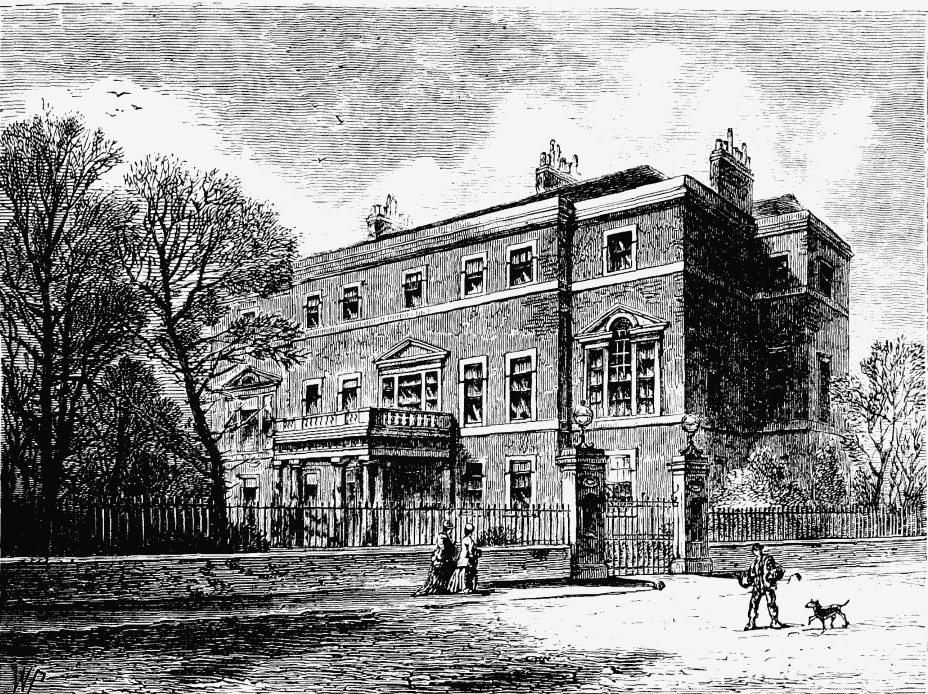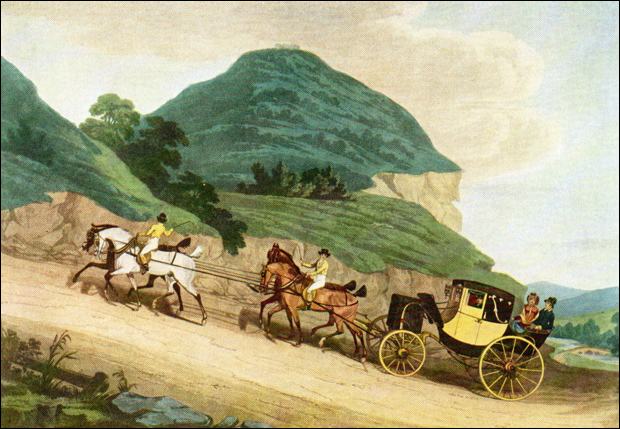Portman Square
Portman Square, built in 1764, catered to and drew in very wealthy families. It is known as one of the most beautiful and biggest squares in London. In 1822 there were approximately 15 members of the nobility living there. At this time, it was one of the most distinguished neighborhoods in London. http://www.british-history.ac.uk/old-new-london/vol4/pp406-441


